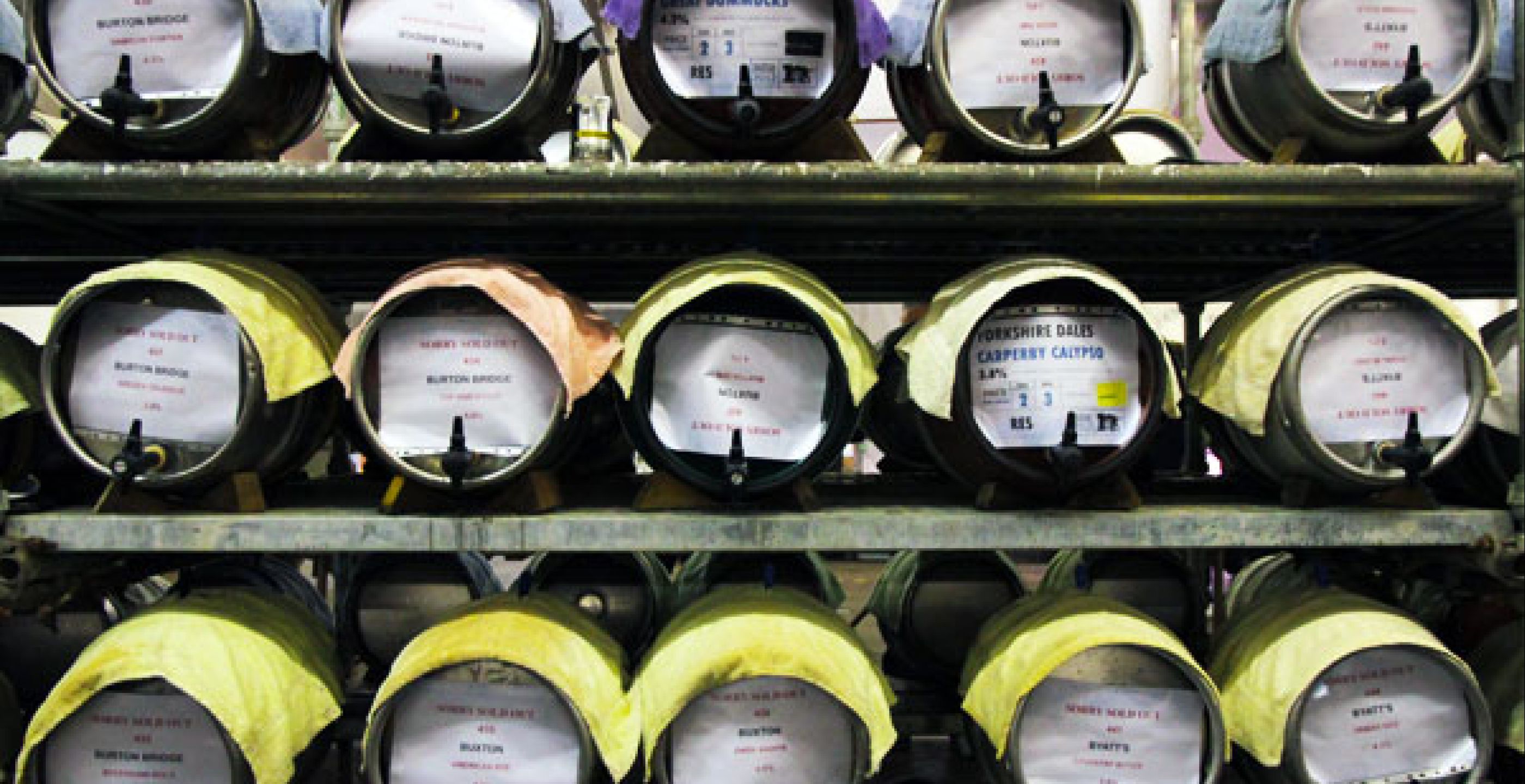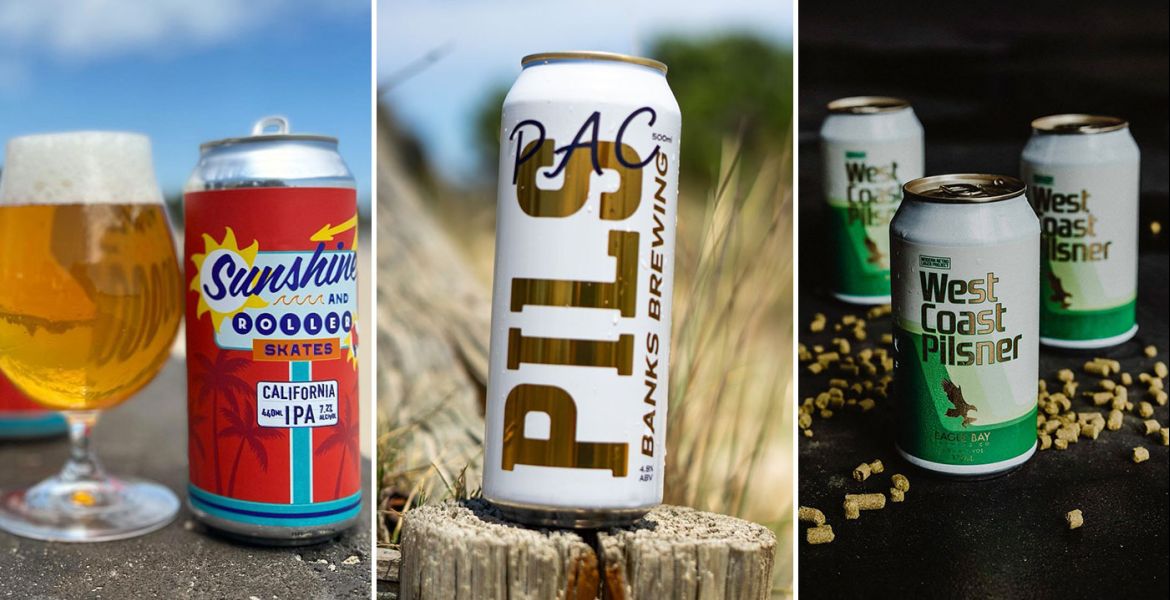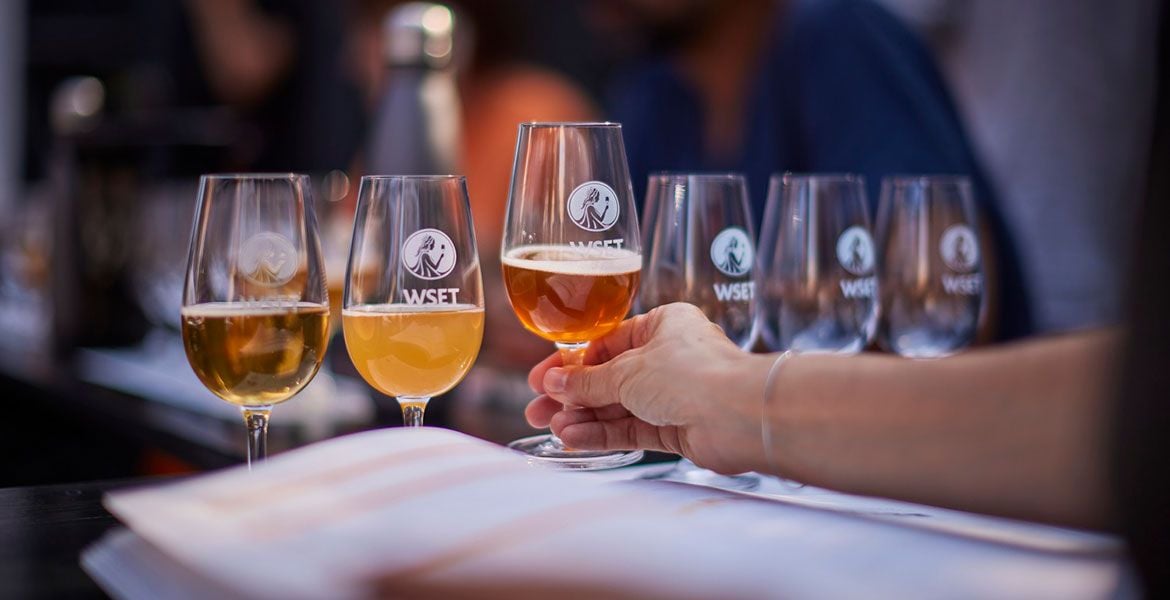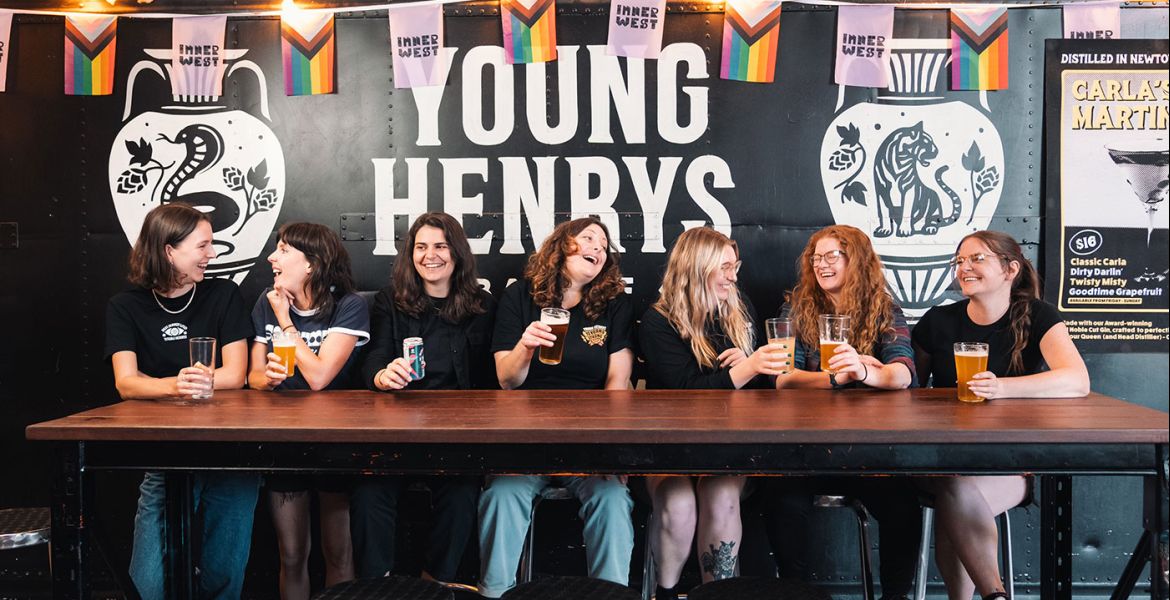After a brief post-Good Beer Week hiatus, the Crafty Pint Blind Tasting Panel returned this week and with it our regular series looking at beer styles is back. Crafty Towers' resident beer scholar (he’s asked we refrain from using “Beer Dork”) Chris Brady has donned cloth cap, put a whippet on a bit of rope and gone delving into the history of brown ales. He’s also no longer just our resident home brewing beer scholar, but now a fully fledged commercial brewer too, having started a job at Holgate since his last article on pale ales.
So, congratulations Chris on achieving your dream. And thanks for another witty and enlightening article.
Brown Ales
Brown ale is a term that for many people is synonymous with England’s Newcastle Brown Ale, instantly bringing up visions of multitudes of cloth-capped, coal-blackened miners pouring from pit to pub in a rush to quench a dusty throat.
However, it has been said that that "brown ale" is like "red wine": a rather indistinct and unhelpful piece of terminology as many different ales can be described as brown. There are northern English brown ales, southern English brown ales and of course the beefier American brown ales. But then there are the russet mild ales and brown porters; couldn’t they gain entrance to this tawny club? Hell, if you were throwing a particularly inclusive brown party you could even sling an invite to the Belgian dubbels and German altbiers. But enough digression. As this piece has Brown Ale as its title we shall concentrate on the eponymous threesome.
Past
Once upon a time, brown ale didn't exist because all beer was brown. As has been discussed in the pale ale article, British ales were dark and smokey due to the use of brown malt which was made by drying just-germinated barley over wood fires. Thus, ales were brown by default, and therefore brewers didn’t try to sell their beer on point of colour. It would be like a greengrocer bragging about his green spinach.
The introduction of pale malt in the 18th century led to a flood of new and comparatively expensive pale ales to the market. It was only then that the term "brown" became a descriptor for the brown beers that were the more popular, cheaper working class alternative to the high-falutin' pale ales. Sadly it was this popularity that led to a decline in the consumption of these darker, malt driven ales as the burgeoning middle class society sought to distance themselves from the hoi polloi, instead choosing to drink pale ales as a kind of status symbol. Many breweries stopped production and for many years, just as Guinness was synonymous with stout, the only brown ale the wider drinking public could name was the Geordie giant, Newcastle Brown Ale.
Present
Over in America, the passionate community of home brewers picked up the style, began experimenting with it and in doing so started a process of rejuvenation and gave the world American brown ale. Today, thanks in part to those pioneering American brewers, brown ales are a part of many breweries' beer lists.
Contemporary brown ales are, in general terms, full-flavoured, malty ales of around five per cent ABV. The hop character is usually restrained to better display the malty characteristics. The malt is king here, with brewers using a wide palette of darker speciality malts to create a variety of luscious caramel, toffee, nutty or toasty flavours and aromas. If you're looking for length of toast then this could be the beer for you.
Today, Newcastle Brown Ale isn't the beer it once was. It's an enjoyable enough drink but over the years its character has been eroded somewhat. Indeed, "Broon Ale" hasn't been brewed in Newcastle since 2005 and in 2008 the brewery (Scottish & Newcastle) was bought out by Heineken. Dare I say you can taste the contract?
Thankfully, there are now many well made examples to choose from, broadly falling into three categories, northern English, southern English and American. There are variations between these three sub-styles. Northern English versions tend to be dry and nutty, southern English lean towards sweet caramel and American brown ales tend to be bigger and maltier than their British counterparts with some American examples displaying a distinct American hop character though this will usually not be so great as to mask the delicious maltiness.
Australian brewers, never ones to shy away from brewing across the range, have taken the brown baton and produced a variety of great examples. While some breweries such as Cavalier and 2 Brothers both make fine American examples, others like Mornington Peninsula Brewery and Holgate Brewhouse look to England for their brown inspiration.
Whichever interpretation of a brown ale you may have in your glass, it's sure to be a malty and moreish drop perfect for a cool winter’s night, though cloth caps and coal dust are optional.
Six To Sample
Aussie
Mornington Peninsula Brewery Brown Ale
Holgate Brewhouse Nut Brown Ale (seasonal)
Cavalier Brown Ale
International
Newcastle Brown Ale
Brooklyn Brown
8 Wired Rewired














